Sacred architecture in Russia, looking for new styles (Photos)
After 70 years of communism, churches are being rebuilt. There is a return to the ancient, but also attempts to reread tradition and open it up to the contemporary world. Some examples.
Moscow (AsiaNews) - Sacred architecture in Russia is experiencing a fruitful period, starting in the 1990s, when construction of new churches began after more than 70 years of communism. The technique and concept of sacred architecture had to be re-founded from scratch, trying to find the forms that existed before the 1917 revolution.
These forms were actually quite varied, starting from the architecture of ancient Russia, especially between the 12th and 16th centuries. Later, between the eighteenth and twentieth centuries, Russia bowed to the Baroque and classicism. These styles were rejected after communism as not orthodox enough.
In recent years, the so-called "neo-Russian style" emerged, starting from the liberty-style architecture of the early 20th century, which is based on the imitation of ancient Russian art. Instead, contemporary architecture is rejected, essentially remaining in the "ghetto of historicism" that characterizes the whole life of contemporary Russian Orthodoxy. There are however some examples of modern Russian churches, which arouse some interest also for possible future developments.
The skit (hermitage) of St. Vladimir in the monastery of Valaam, built in the years 2006-2007 by a collective of architects led by Andrej Anisimov, with Tatjana Efimova and Natalja Blednova, is an impressive example of eclectic architecture, in imitation of medieval churches in Novgorod and Pskov, with altars with a single apse and large bell towers. The "neo-Russian" domes with other elements of sixteenth-century Muscovite art make it a dominant synthetic model for the Russian art of the new churches.
The church of St. Peter the Apostle in St. Petersburg, designed by Andrej Lebedev, is one of the most striking examples of neo-Russian style, with its particular silhouette and minimalism of details, very similar to pre-revolutionary "modernism". It’s interior is devoid of an overall iconographic decoration project, which for Russia is quite rare.
The church dedicated to Saints Vera, Nadezhda and Lyubov and their mother Sofia in Kirov (Faith, Hope, Charity and Mother Wisedom, theological names of women martyrs in Orthodox history), in the north of European Russia, was built between 1997 and 2003, designed by Evgenija Skopina. It is one of the most interesting churches as a concept: the different triangles of the design recall the era of Russian classicism, and evoke the three martyrs around the mother. The lower body of the church goes back to the Russian baroque, despite its being negatively received as "unorthodox" style. This indicates that the spirit of the western architects of the XVIII-XIX centuries is still greatly influential in the Russian provinces.
The church of Blessed Saint Seraphim of Sarov, in Bilibino, in the extreme Siberian north-east of the Chukotka region, built between 2003 and 2009, is quite interesting for its original and bold style for Orthodox traditions, also for the artistic resolutions of the interior of the Muscovite artist Vitalij Melnichuk, so much so that the local bishop, the conservative Diomid, refused to consecrate it. It actually refers to the 18th century Siberian wooden churches, very "earthy" for the plant called "eight out of four", which imitates the rocks of the region, as if it were built directly on the local land.
The Church of St. Nicholas the Thaumaturge in Povents in Karelia, the Russian part of Finland, is dedicated to the hundreds of thousands of prisoners of who died in lagers where they were kept during the construction of the Belomorkanal, the channel between the White Sea and the Baltic Sea, one of the greatest works of the Stalinist period. Built between 2003 and 2004 by the architect Elena Shalovalova, it is a true example of a contemporary Russian church, although somewhat questionable in the composition between the mighty central building and the too-compressed sides of the building. The famous canal runs just below the church, which also resembles the churches of the Solovki monastery, the first camp opened by Lenin for the Orthodox and Catholic clergy. The "lager effect" is underlined by the covering of rough cement and by the cage of the bell tower, which recalls the watch towers of the concentration camps. It is a church that is compared to the modern western architecture style of Le Corbusier and August Perret.
The Northern Missionary Chapel, or ICHTUS church from 2013 designed by Ivan Zemljakov and Daniil Makarov, is a small building built in 2013 within the archipelago of the Solovki islands, which has always been a privileged model for Russian spirituality, art and culture, and place of martyrdom of many priests and bishops under the Bolshevik regime. It is a rare model not oriented towards the ancient style, almost unrecognizable as a church, but very well inserted in the stone labyrinths of the island, as a prophecy for the Russian Church of the future.





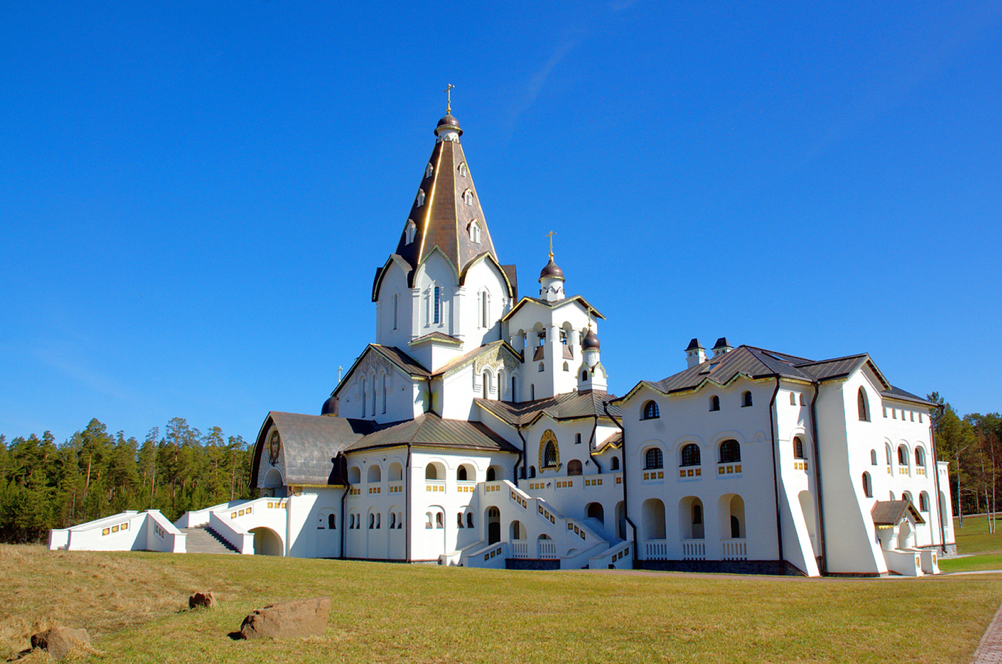
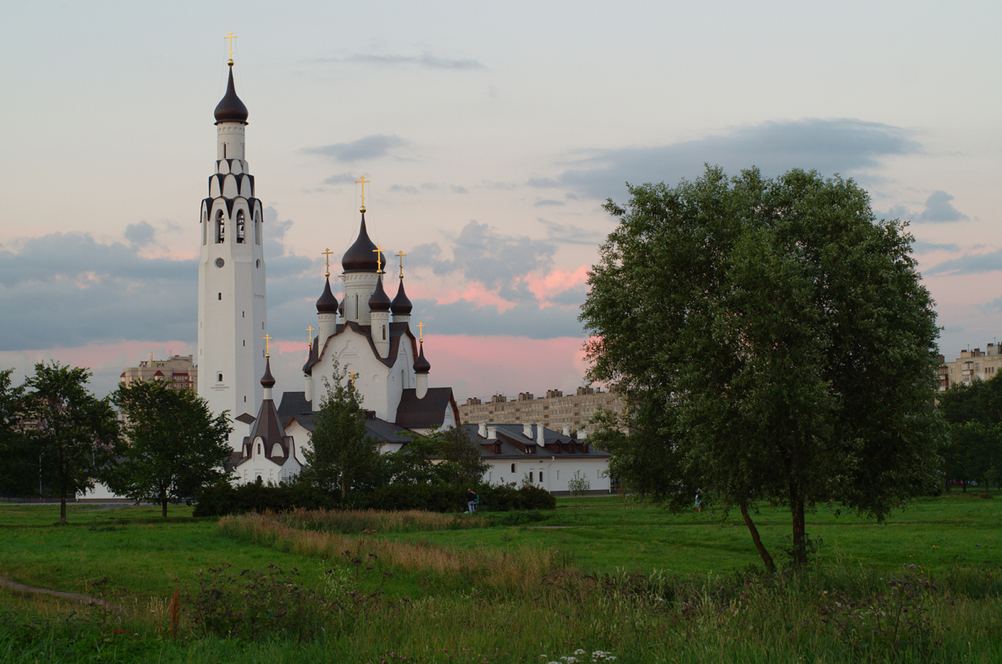
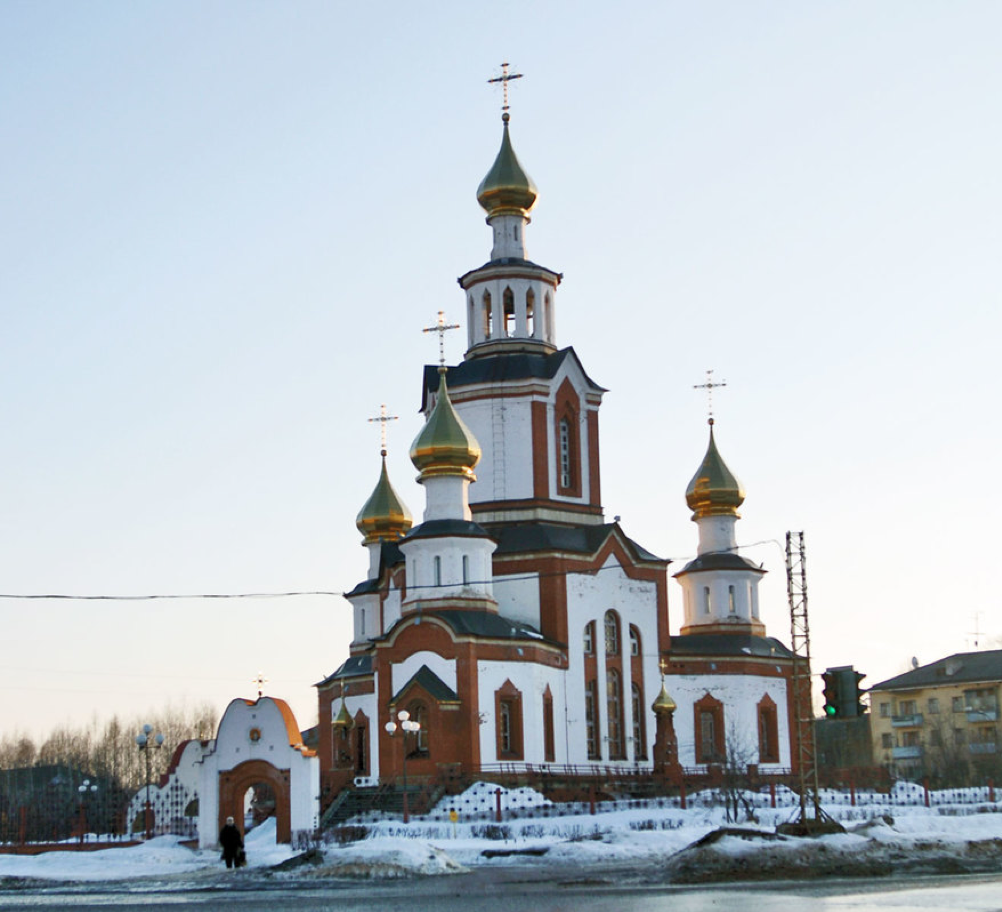
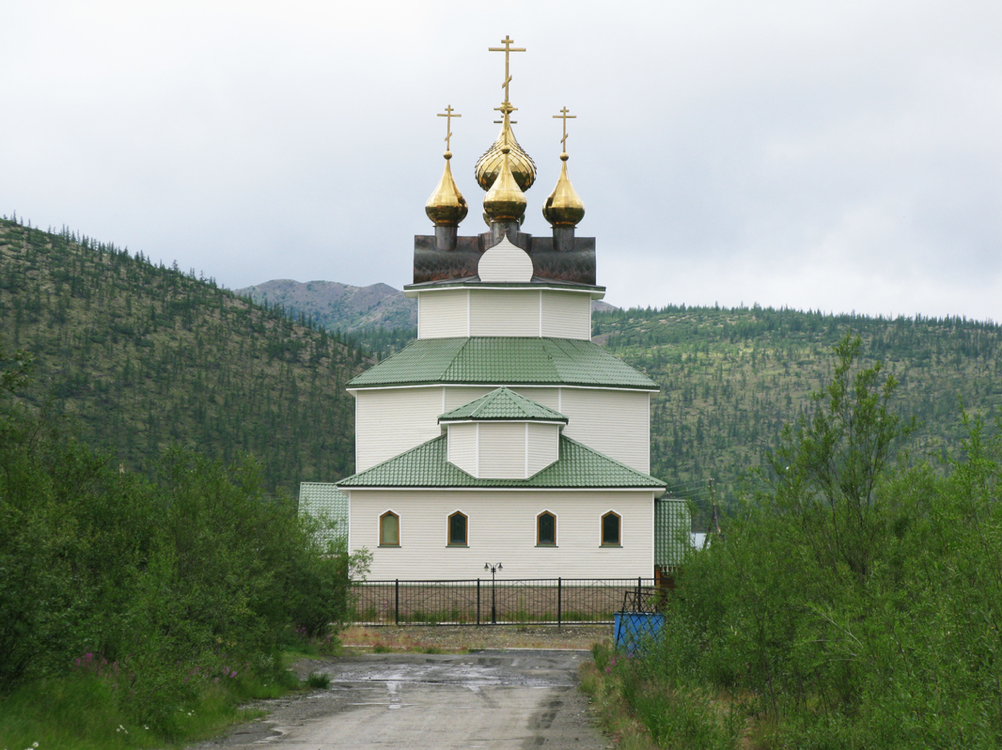
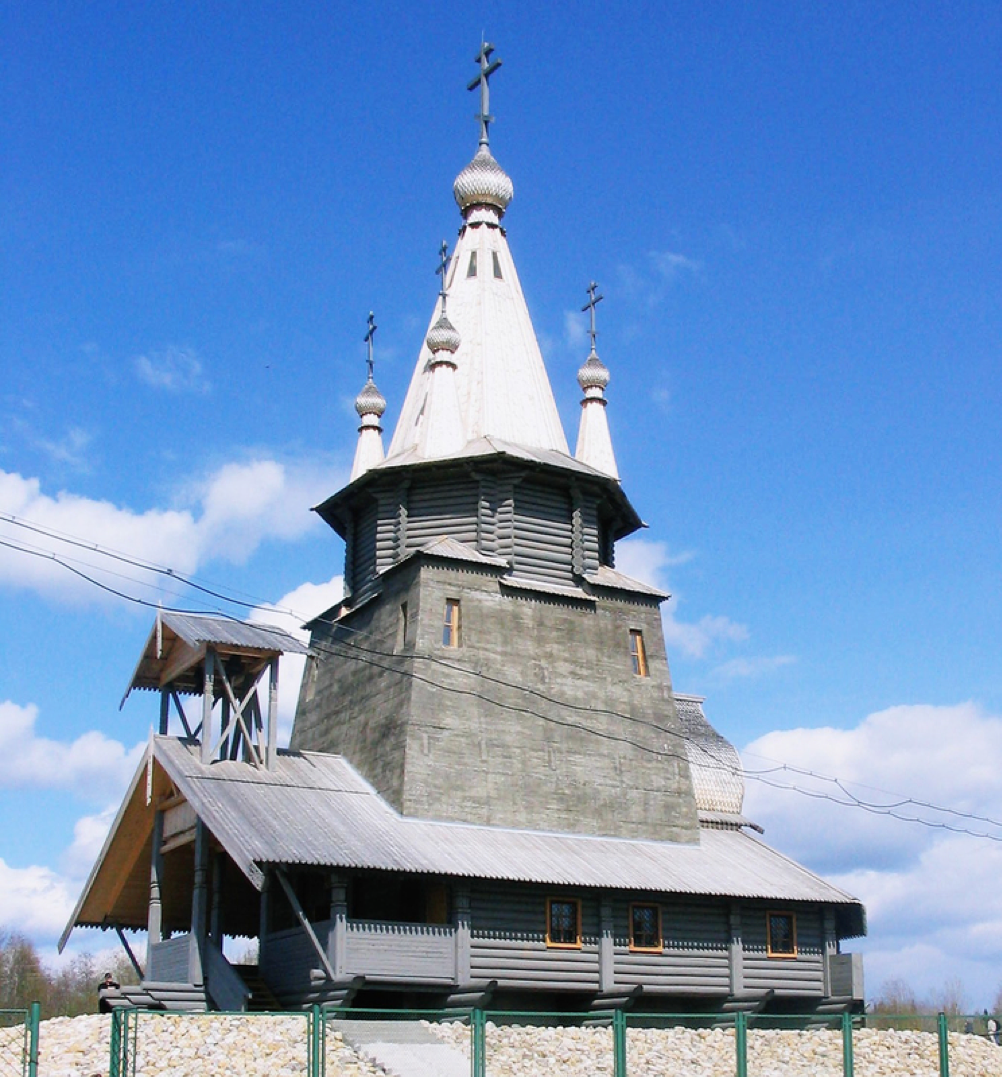
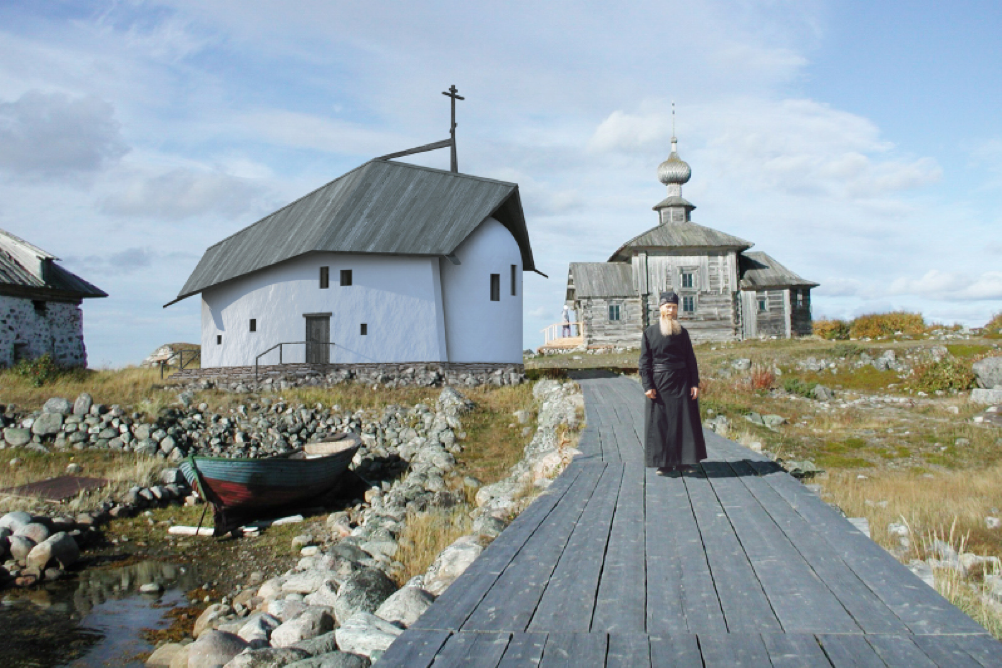

.png)










